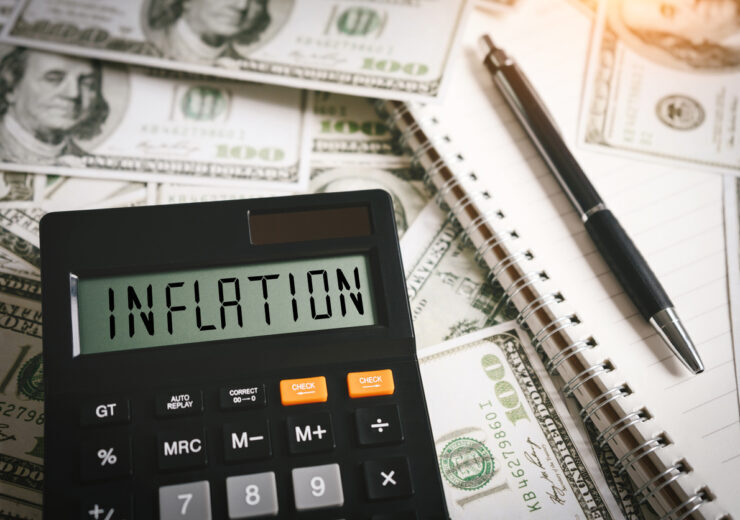The HELOC Renaissance: Key Insights from Last Week’s Experian & Micronotes Webinar

By Devon Kinkead
Last week, financial industry experts gathered for an illuminating webinar titled “The HELOC Renaissance,” hosted by Micronotes founder Devon Kinkead alongside Experian’s Dr. Upavan Gupta (Head of Data and Analytics) and Ivan Ahmed (Senior Director of Product). The discussion revealed compelling data about a fundamental shift in the home equity lending landscape that’s creating unprecedented opportunities for financial institutions.
The Perfect Storm: $25.6 Trillion in Untapped Opportunity
The numbers speak for themselves: American homeowners are sitting on $25.6 trillion in tappable home equity, with 61% of homeowners locked into mortgage rates of 6% or lower. This massive accumulation of equity stems from what Dr. Gupta described as a “perfect storm” of market conditions.
From 2020 to 2022, unprecedented low interest rates saw mortgage rates dip below 3%, fueling a refinance boom that locked millions of homeowners into ultra-low rates. When rates rapidly increased in 2022 while home prices continued climbing, it created a rare combination of high interest rates and high home values. Homeowners accumulated massive equity but became essentially “mobility locked” – with new mortgage payments in 2025 nearly double what they were in 2021.
This has fundamentally altered homeowner behavior. Survey data shows that more than 60% of homeowners don’t want to move for the next 10 years, creating what the experts called “limited home inventory, suppressed mobility, and record levels of home equity.”
The Modern HELOC Borrower: Not Your Granddad’s Profile
Perhaps the most striking revelation was the emergence of a dramatically different HELOC borrower profile. The webinar identified 28.7 million consumers with only a first mortgage and more than 20% equity as the prime HELOC segment – predominantly Generation X and older millennials in stable suburban markets.
But here’s where it gets interesting: there’s a pronounced generational divide in HELOC utilization behavior.
Traditional borrowers (Gen X, Baby Boomers, older millennials) tend to be conservative, with about one-third of approved HELOCs going unused – treating them as “back pocket” emergency funds rather than active capital.
Younger borrowers (Gen Z and younger millennials under 35) are far more comfortable actively using their HELOC lines, often tapping into 80-100% of their available credit. As Ivan Ahmed noted, they “don’t seem to consider it as stored value – they consider it as active capital working for them.”
Data-Driven Targeting: The 8X Difference
Dr. Gupta shared compelling behavioral analytics that reveal the power of sophisticated targeting. The research shows that revolvers (consumers who carry balances month-over-month) have a 73% higher response rate compared to transactors (those who pay off balances monthly). In the prime and near-prime segments, this difference jumps to an astounding 91-92% higher response rate.
Even more striking: consumers with more than $4,500 in credit card debt that has continued increasing over 24 months show a 5-8 times higher likelihood of originating a HELOC. These aren’t marginal improvements – they represent fundamentally different orders of magnitude in campaign effectiveness.
The Digital Experience Gap: Where Banks and Credit Unions Are Vulnerable
Ivan Ahmed highlighted a critical vulnerability for traditional lenders: the digital experience gap. While banks and credit unions maintain advantages in pricing, customer relationships, and physical presence, they’re losing ground to digital-first lenders who can move faster and provide more seamless experiences.
Ahmed shared a personal anecdote about helping his 80-year-old father obtain a HELOC, comparing two vastly different experiences: one lender requiring multiple phone calls and manual processes, while another provided a streamlined web-based application with real-time updates and document uploads. This experiential difference is particularly important as lenders target younger demographics who expect Amazon-like convenience.
Emerging Use Cases and Market Evolution
Looking ahead 2-3 years, the experts predict debt consolidation will remain a primary driver, but new use cases are emerging:
Home Renovation Boom: With homeowners planning to stay put for the next decade, renovation spending is expected to surge. Harvard’s recent housing trends study shows a positive outlook for remodeling in 2025.
Student Loan Pressure: As student loan payments restart, homeowners may increasingly turn to HELOCs as a lower-rate alternative to credit cards and personal loans.
Financial Flexibility: The “higher for longer” interest rate environment means HELOCs are likely to remain a critical financial instrument for the foreseeable future, evolving from a niche product to an active financial tool.
The Bottom Line: A Massive, Underserved Market
The webinar revealed a striking disconnect: a massive, credit-worthy population with substantial tappable equity that remains largely underserved due to outdated targeting, messaging, and experience design. As Dr. Gupta noted, “It’s actually more of a visibility and access issue rather than a creditworthiness issue.”
The opportunity is clear, but capturing it requires sophisticated data analytics, modern digital experiences, and targeted messaging that resonates with different generational segments. Financial institutions that can bridge this gap – combining competitive pricing with seamless digital experiences and data-driven targeting – are positioned to capture significant market share in what the experts are calling the “HELOC Renaissance.”
For institutions looking to tap into this opportunity, the message is simple: the data exists, the market is ready, and the technology is available. The question isn’t whether this opportunity exists – it’s whether your institution is prepared to seize it.




